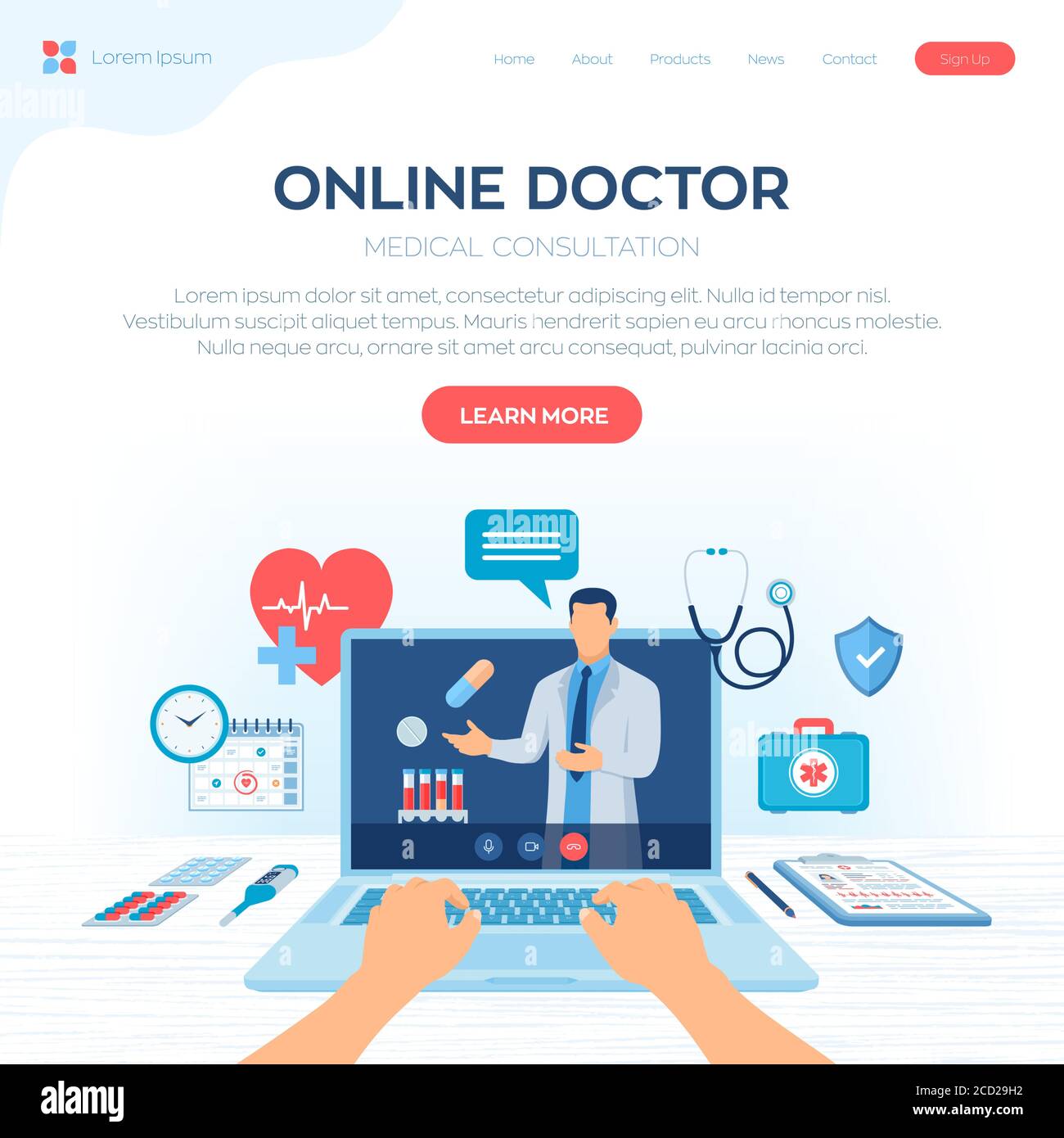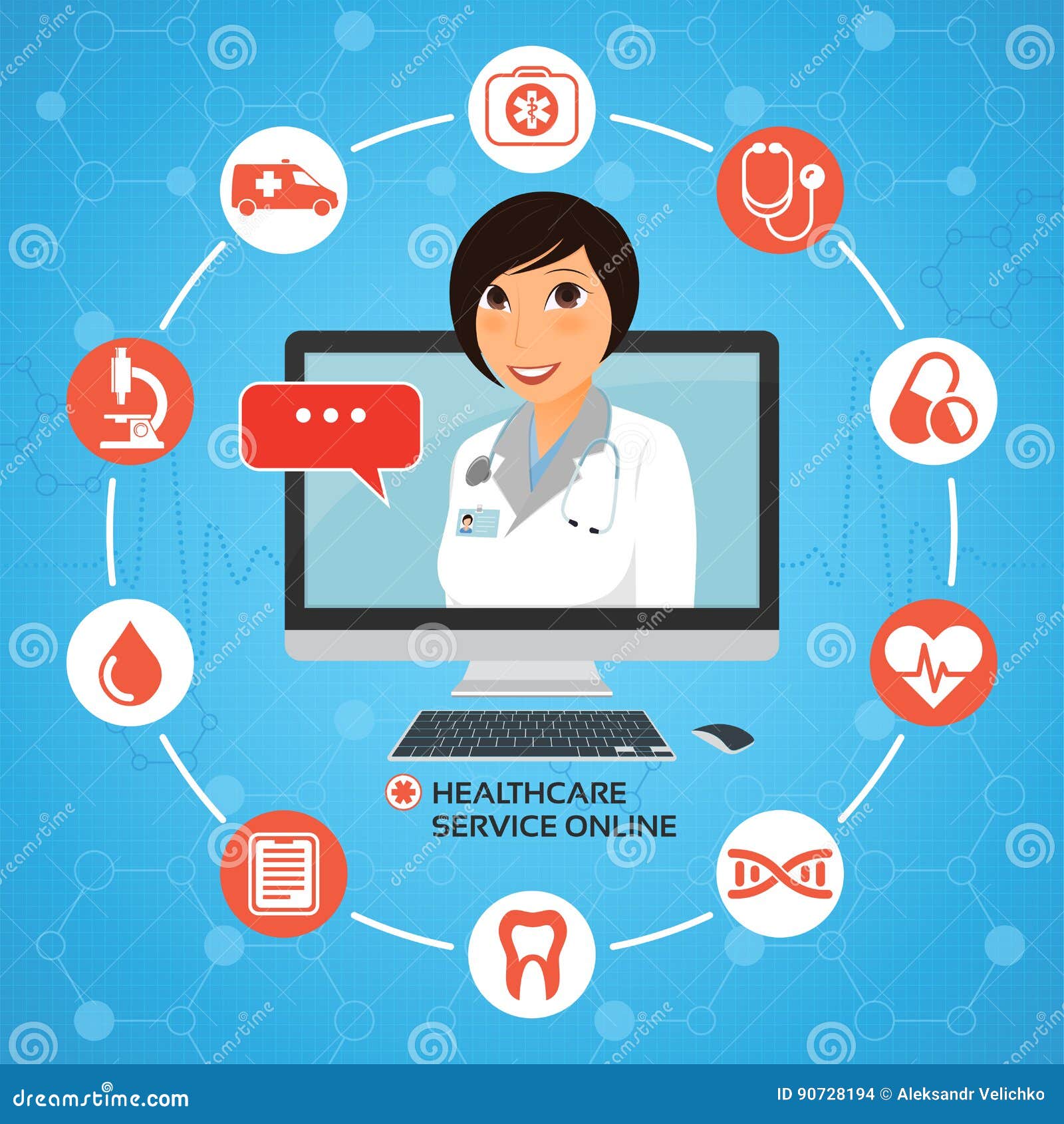Comprehending the Cost Savings of Subscription Based Healthcare for Families
Comprehending the Cost Savings of Subscription Based Healthcare for Families
Blog Article
Exactly How Subscription-Based Medical Care Is Reinventing the Medical Sector

The Surge of Membership Healthcare
In the last few years, the medical care industry has seen a considerable change towards subscription-based versions, mirroring broader customer fads preferring benefit and predictability. This makeover is driven by the enhancing demand for more obtainable and customized care remedies. Subscription health care, occasionally referred to as concierge medication or direct primary treatment, offers people a set monthly charge for a variety of medical solutions, substantially modifying traditional fee-for-service designs.
The surge of membership medical care is assisted in by innovations in modern technology, which enable structured interaction between companies and people - subscription based healthcare. Digital platforms and telehealth solutions have come to be indispensable, providing people the capability to arrange appointments, gain access to medical records, and receive appointments online. This technical combination not just boosts client involvement yet also allows providers to provide extra effective care
Furthermore, the subscription design aligns with the evolving assumptions of clients who seek more control over their medical care costs and experiences. While this version is gaining grip, its expansion encounters challenges such as governing hurdles and the requirement for broader acceptance within the conventional health care environment.
Benefits for People and Companies
Subscription-based healthcare uses a wide variety of benefits for both people and suppliers, improving the dynamics of clinical treatment. For patients, this version offers improved access to medical care services. With a predictable month-to-month charge, people can appreciate unlimited examinations, lowered wait times, and personalized treatment. This plan usually brings about a much more aggressive method to health and wellness management, allowing for prompt treatments that can stop persistent conditions from rising. The economic transparency of subscription versions decreases the changability linked with typical fee-for-service payment, relieving the burden of unexpected clinical expenditures.
For healthcare suppliers, subscription-based versions cultivate a more lasting and gratifying practice. Management jobs are frequently streamlined, minimizing overhanging costs and permitting companies to dedicate even more time to individual interaction. Generally, subscription-based health care straightens the motivations of suppliers and patients, promoting a much more effective and patient-centered healthcare shipment system.
Key Attributes of the Design
Regularly, the essential functions of the subscription-based health care design highlight its distinct method to delivering clinical solutions. Central to this version is the concept of foreseeable, month-to-month settlements, offering clients an extensive series of services without the changability of typical fee-for-service frameworks. This version often includes unlimited accessibility to medical care solutions, precautionary treatment, and regular examinations, making sure that individuals can involve with their medical care suppliers proactively instead of reactively.
Furthermore, direct communication networks, such as telemedicine and messaging systems, are emphasized, allowing individuals to receive timely guidance and consultations without requiring in-person visits. This enhances access and convenience, especially for people with wheelchair constraints or those staying in remote locations. The model additionally fosters more powerful doctor-patient partnerships, as healthcare suppliers are incentivized to concentrate on long-lasting health and wellness results as opposed to temporary sees.
In check my source addition, subscription-based healthcare frequently integrates technical innovations, such as digital health and wellness records and wellness surveillance apps, to supply efficient and personalized care. Clients gain from coordinated and constant treatment monitoring, which is customized to their details health demands. Inevitably, these attributes collectively develop a patient-centered healthcare experience, focusing on availability, cost openness, and preventative treatment.

Considerations and challenges
While the subscription-based health care model provides many advantages, it is not without its obstacles and factors to consider. One substantial challenge is guaranteeing fair accessibility. Subscription designs might inadvertently prefer those with greater socioeconomic condition, potentially expanding variations in medical care access for lower-income individuals that may deal with monthly fees. This raises moral problems concerning inclusivity and equity in health care delivery.
One more challenge hinges on regulative compliance. Subscription-based healthcare has to navigate an intricate internet of policies that vary by region, including problems around individual discretion, data security, and state licensing demands. Making sure conformity without hampering the model's adaptability and innovation can be daunting for suppliers.
Additionally, there is the danger of overutilization or underutilization of services. People paying a taken care of charge may overuse services, resulting in boosted functional expenses, while others might underutilize as a result of fear of straining the system, possibly overlooking necessary treatment.
Future Prospects and Innovations
The landscape of subscription-based healthcare is positioned for improvement via arising developments click here for more info and progressing leads. As innovation remains to breakthrough, the integration of fabricated intelligence and equipment learning provides substantial opportunities to boost diagnostic precision and streamline individual management. Anticipating analytics can reinvent precautionary treatment by identifying potential health and wellness threats prior to they manifest, thereby reducing both expenses and the worry on healthcare systems.
Furthermore, telemedicine is set to broaden within membership designs, offering individuals raised access to medical care professionals despite geographical constraints. This not just facilitates connection of treatment however additionally equips individuals to engage more actively in their health monitoring. Additionally, blockchain innovation supplies prospective in securing person data and making certain interoperability throughout platforms, promoting trust fund and transparency.
The advancement of personalized medication is one more frontier, with membership designs offering a special framework for providing tailored wellness options. Hereditary testing and individualized treatment strategies can be flawlessly integrated, lining up patient requires with specific clinical treatments. Additionally, partnerships in between tech firms and health care providers are likely to yield ingenious services, boosting client experiences and from this source results. As these leads emerge, subscription-based health care has the possible to redefine how care is provided and accessed.
Verdict
Subscription-based health care is changing the medical sector by providing a more obtainable, foreseeable, and patient-centered method to clinical solutions. This design boosts patient-provider partnerships, ensures economic openness, and emphasizes preventive treatment through unlimited consultations and telemedicine. In spite of obstacles such as regulative difficulties and possible variations in gain access to, the subscription design holds promise for a much more individualized and efficient healthcare experience. As technology developments, additionally technologies are most likely to deal with existing obstacles and enhance medical care delivery.
Membership medical care, occasionally referred to as attendant medicine or direct key care, provides individuals a set monthly fee for an array of medical services, considerably altering conventional fee-for-service designs.
Additionally, the membership design lines up with the advancing assumptions of people who seek more control over their healthcare expenditures and experiences. For people, this design supplies boosted access to medical care services. In general, subscription-based medical care lines up the motivations of carriers and people, promoting a more patient-centered and reliable medical care distribution system.
Furthermore, telemedicine is established to broaden within membership models, offering clients boosted access to health care professionals no matter of geographical restraints. - subscription based healthcare
Report this page